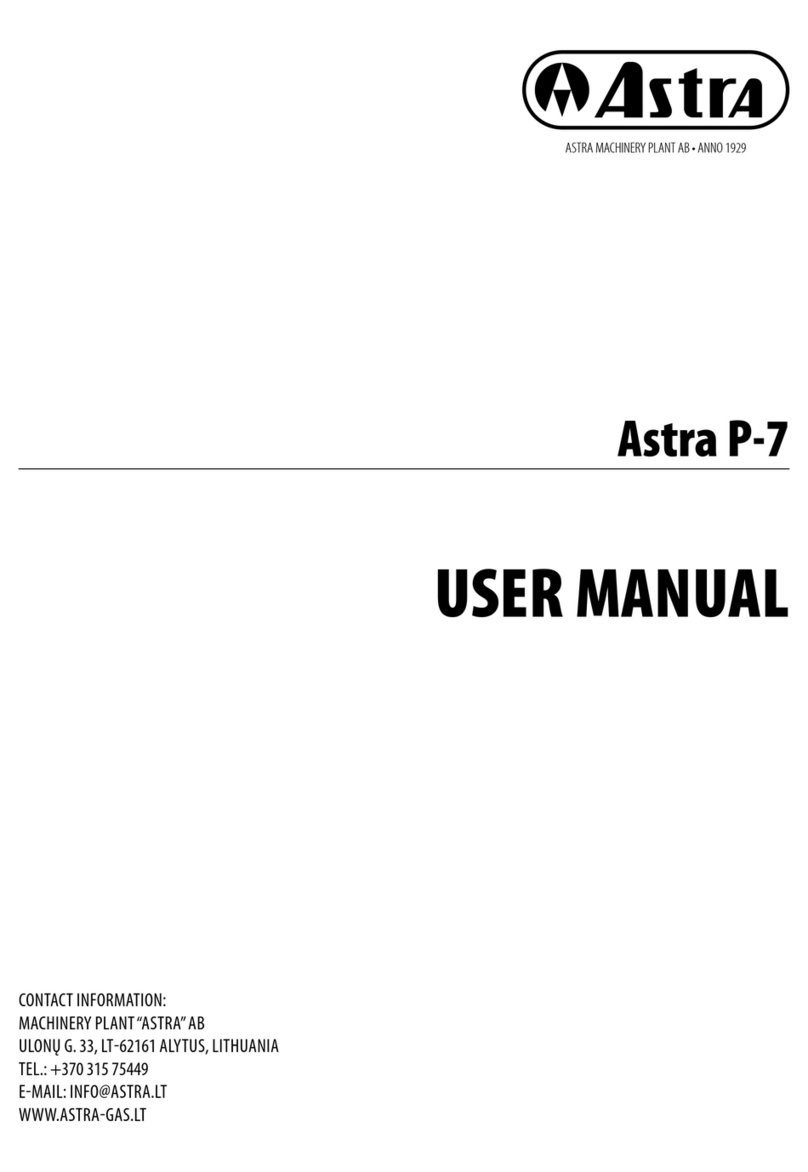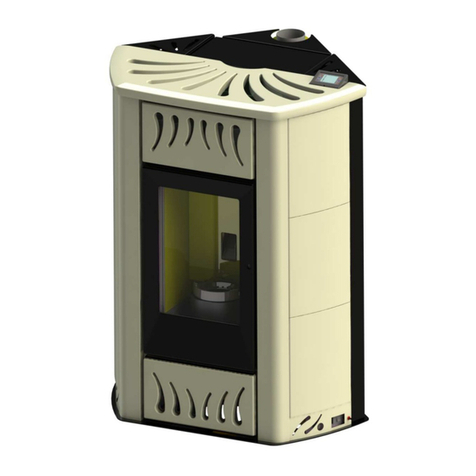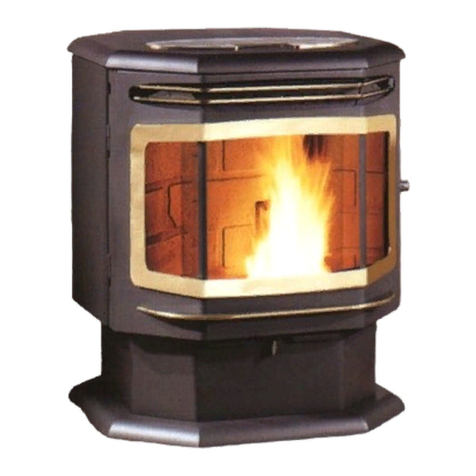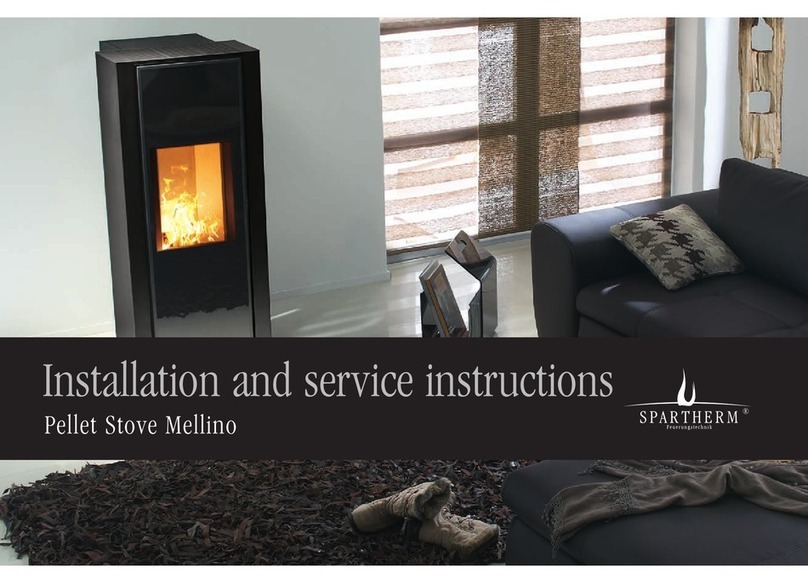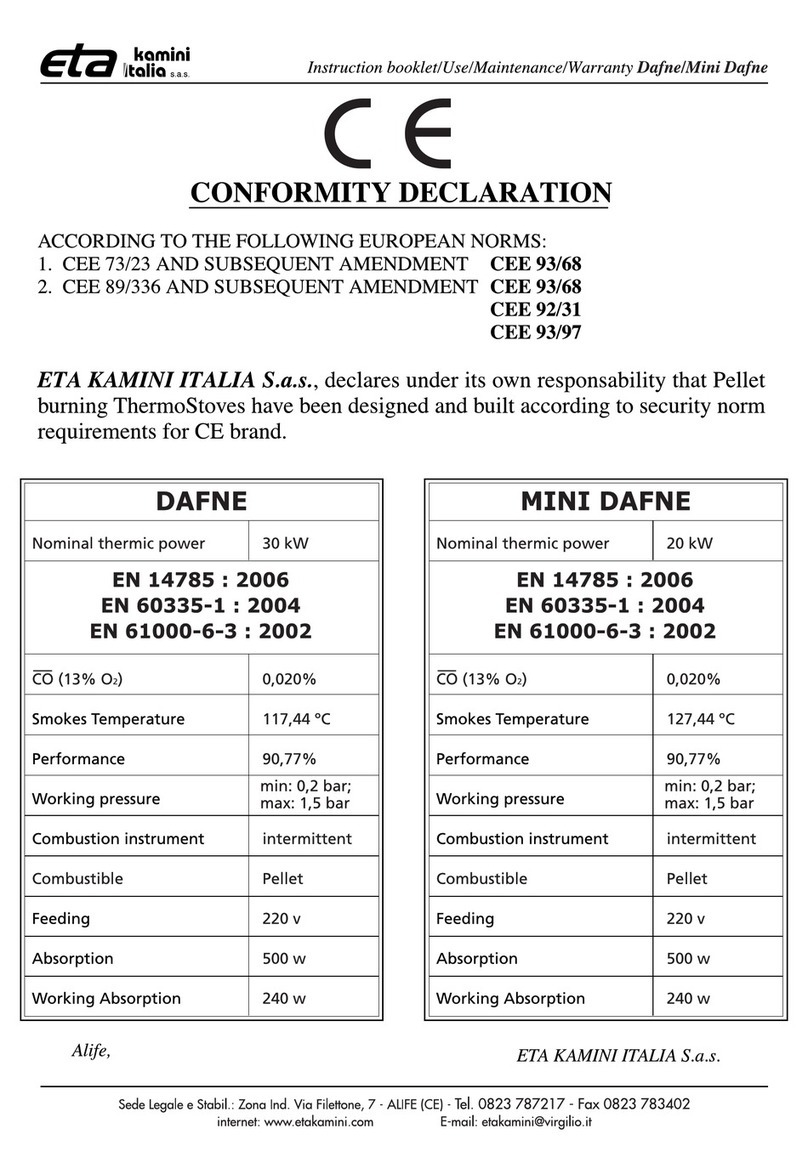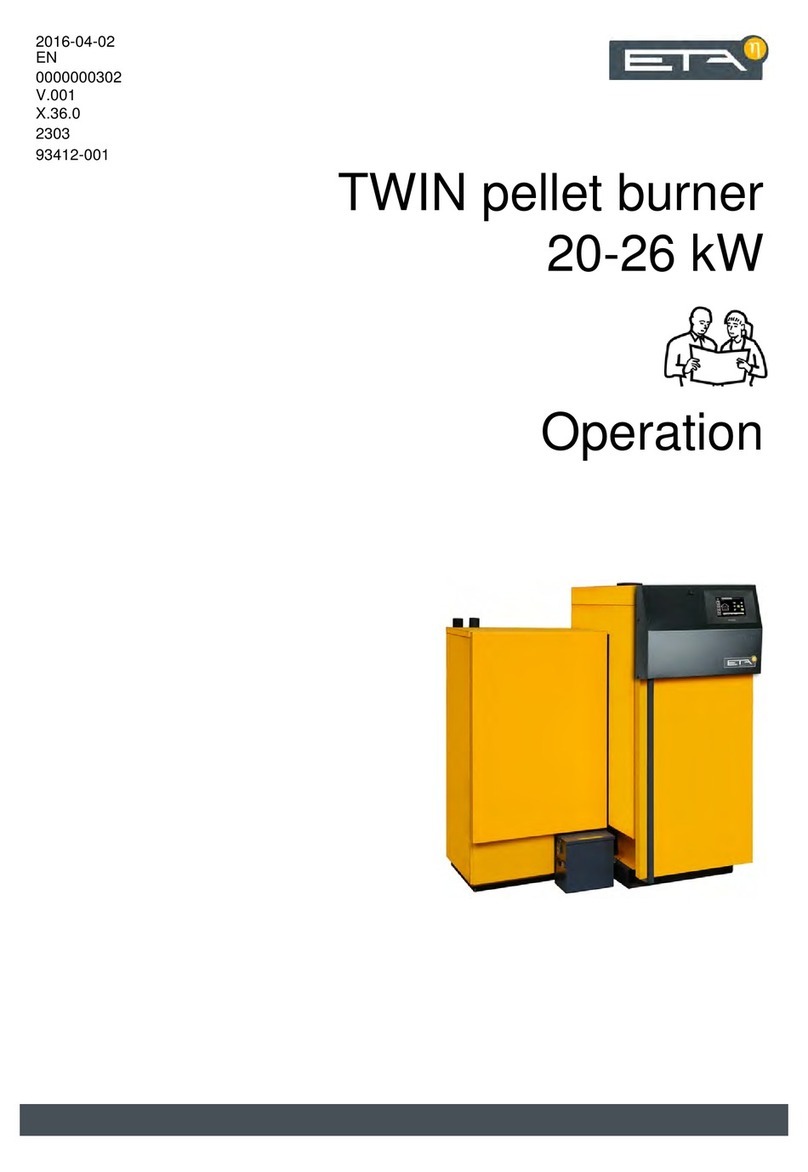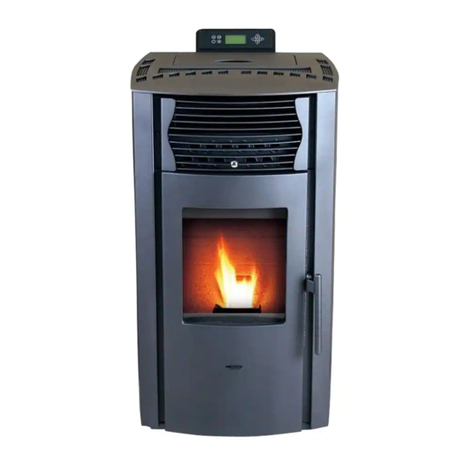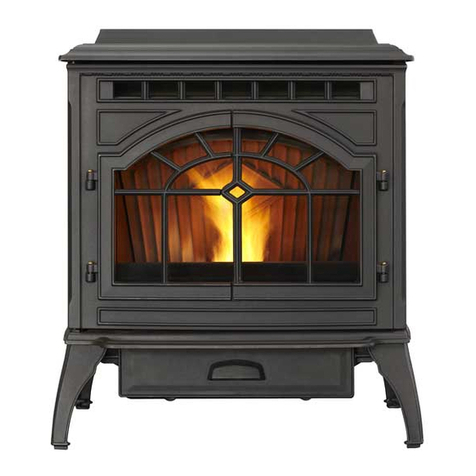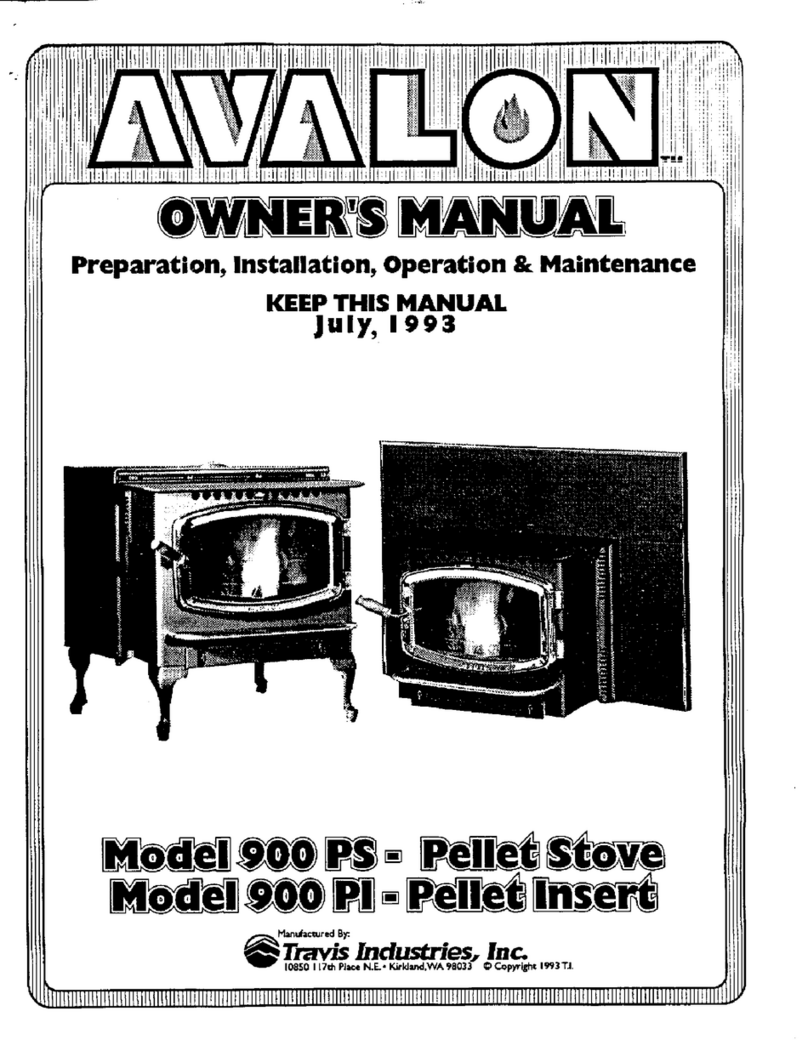
Cleaning and maintenance Maintenance notes
2 Cleaning and maintenance
2.1 Maintenance notes
Performing regular cleaning and maintenance
To ensure satisfactory functionality, cleaning and
maintenance must be performed at regular intervals.
You will receive a timely reminder about this from the
ETAtouch control system.
Cleaning of the boiler must be carried out at least
once a year, or when requested by the control
system. Maintenance is necessary at least every
3 years, or when requested by the control system. We
recommend that you perform maintenance annually.
You can also enter into a service agreement for your
heating system. Find out more from your heating
contractor or customer service.
All tasks where the maintenance table reads
"Customer" or "Customer or expert" in the column
"To be carried out by" can be carried out by any trained
adult. Instruction may be provided by the heating
technician or our customer service.
Steps that are marked with "Expert" only can only be
carried out by the heating technician or our customer
service.
Operation only by trained personnel
The product may be operated by trained adults only.
Training may be provided by the heating technician or
our customer service. Please read the associated
documentation carefully in order to avoid errors during
operation and maintenance.
Persons who lack experience and knowledge as well
as children may not operate, clean, or maintain the
product.
Display maintenance steps on the screen
With this boiler, the maintenance steps can also be
displayed on the ETAtouch control system screen. The
required activities will be explained to you step-by-step
and supplemented with detailed graphics. Each
maintenance is saved and the details can be viewed at
any time. So you can maintain a long-term overview of
the maintenance carried out. Of course, the
maintenance can also be carried out using the service
guide, without the support of the ETAtouch control
system.
To access maintenance, switch to settings in the boiler
function block ( [Settings] button) and then select
the function [Maintenance].
Fig. 2-1: Overview (example)
You can also access this overview by pressing
the maintenance switch. Also when the message
appears that maintenance of the boiler is required.
In the overview the different maintenance intervals are
listed in the upper area. This includes the maintenance
already carried out. With the button, information
about the selected maintenance is displayed.
Maintenance that you can carry out as an end
customer is labelled with the symbol. All others are
reserved for specialists and require authorisation.
Press the button to start the maintenance. The
individual steps are displayed on the screen. You can
switch to the next or the previous screen respectively
with the arrow keys on the left and right side of the
screen.
Fig. 2-2: Maintenance step (example)
